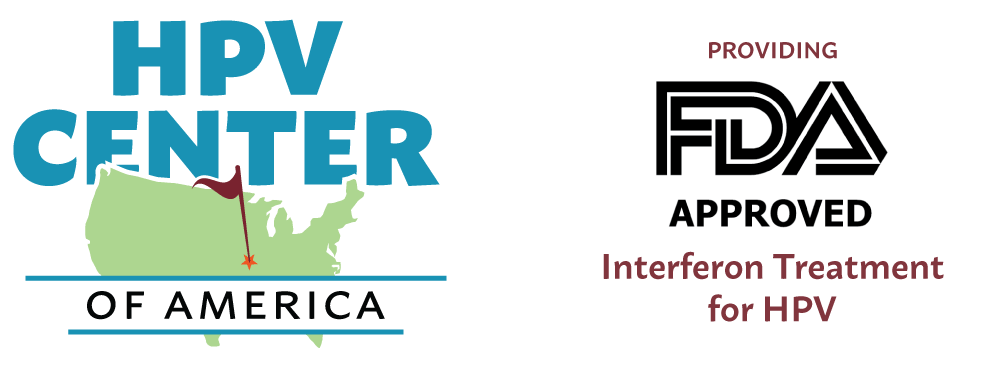 Steven M. Abbadessa, D. O.
Steven M. Abbadessa, D. O.
30 years board certified in G.I. & Proctology in St. Louis, MO
Specializing in: lower G.I. Diseases, Colonoscopy, Rectal Surgery, HPV Treatment
Objectives:
- Pathogenesis of HPV Infection
- Complications of HPV Infection
- Genital warts
- HPV-related cancers
- Oropharynx
- Cervix
- Anus
- Anal Cancer Screening
- Different Treatment Modalities
More Than 1 in 5 U.S. Adults Were Infected With High-Risk HPV
Between 2013 and 2014, According to the CDC
Incidence in the U.S.
- Estimated annual incidence of sexually- transmitted HPV infection is 14.1 million
- Estimated $1.7 billion spent annually in direct medical costs to treat conditions associated with genital HPV infection
Prevalence in the U.S.
- 100% of sexually active men and women acquire genital HPV at some point in their lives.
- An estimated 79 million females aged 14–59 years are infected with HPV infection.
Incidence and Prevalence of HPV-Associated Diseases
- Genital warts
- Incidence may be as high as 100/100,000.
- An estimated 1.4 million may be affected at any one time.
- Cervical cancer
- Rates of cervical cancer have fallen by approximately 75% since the introduction of Pap screening programs.
- Incidence is estimated at 8.1/100,000.
Transmission of Genital HPV
- Predominantly associated with sexual activity
- Can occur from asymptomatic and subclinical patients
- Infectivity after treatment of genital warts or cervical cellular abnormalities is unknown
- Condoms may reduce risk
Risk Factors for Women
- Young age
- Sexual behavior
- Risk increases with increasing number of recent and lifetime sex partners
- Sexual behavior of sex partners–risk increases for women whose sex partners had multiple sex partners
- Immune status–HPV more likely to be detected in immune-suppressed women
Risk Factors for Cervical Cancer
- Factors associated with HPV acquisition
- Early onset of sexual activity
- Multiple sexual partners
- Other sexually transmitted infections
- Tobacco
- HIV
Age at Peak Prevalence for Each Stage in Cervical Carcinogenesis
Risk Factors for Men
- Risk increases with increasing number of recent and lifetime sex partners
- Being uncircumcised increases risk
Human Papillomavirus (HPV)
- Non-enveloped, double-stranded DNA virus1
- > 100 types in humans2
- 40 infect anogenital and upper respiratory tract
- Most common sexually transmitted infection
- 15-20 are high-risk or oncogenic: 16, 18 + others2
- Low-risk: 6, 11 + others3
- Genital warts
- Howley PM, ed. Fields Virology. 4th ed. Philadelphia, PA: Lippincott-Raven. 2001;2197-2229.
- Schiffman M, Castle PE. Arch Pathol Lab Med. 2003;127:930-934.
- Wiley DJ et al. Clinical Infectious Diseases. 2002;35(suppl 2):S210-S224.
HPV Genotyping System
Genital HPV types are generally characterized in terms of oncogenic potential.
- Low-risk types (nononcogenic types)
- Most genital warts caused by HPV types 6 and 11
- Recurrent respiratory papillomatosis associated with HPV types 6 and 11
- High-risk types (oncogenic types)
- HPV types 16 and 18 found in 70% of cervical cancers
- Most women with high-risk HPV infection have normal Pap test results and never develop cellular changes or cervical cancer.
HPV infects the basal cell layer of stratified squamous epithelium and stimulates cellular proliferation.
Affected cells display a broad spectrum of changes, ranging from benign hyperplasia, to dysplasia, to invasive carcinoma.

Adapted from Kuman, RJ ed. 2002 Blaustein’s Pathology of the Female Genital Tract Figure 7.1.
Natural History of HPV
- Most genital HPV infections are transient, asymptomatic (subclinical), and have no clinical consequences in immunocompetent individuals.
- Time to development of clinical manifestations is variable.
- Median duration of new cervical infections is 8 months, but varies.
- 90% of infections clear within 2 years
- Gradual development of an effective immune response is the likely mechanism for HPV DNA clearance.
- Persistent HPV infection
- Not cleared by the immune system
- Characterized by persistently detectable type-specific HPV DNA
- Persistent oncogenic HPV infection is most important risk factor for precancerous cervical cellular changes and cervical cancer.
Genital Warts – Initial Visits to Physicians Offices, United States, 1966-20141

Annual HPV-related cancers in the United States, 2008-2012





